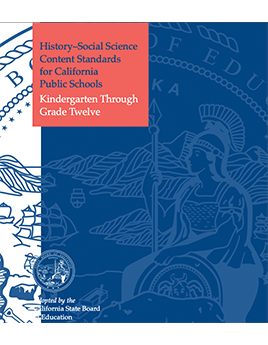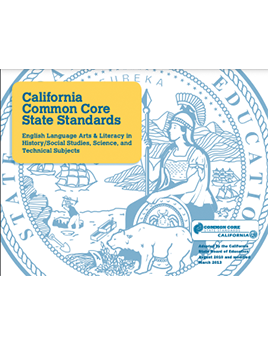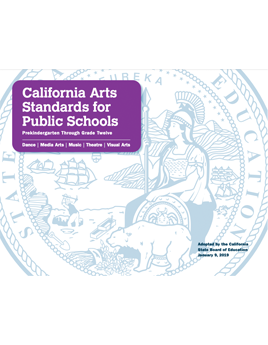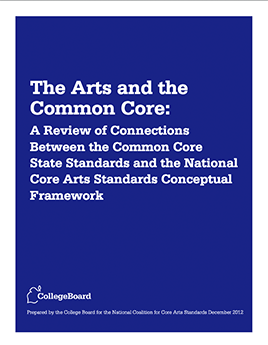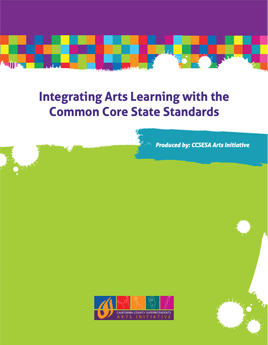Continue Learning with Hamilton
The Dan and Lillian King Foundation suuported the development of lesson plans for teachers and students to experience ahead of their field Trip. Many teachers have shared their ideas for learning and student works after their trip to see, “Hamilton: An American Musical.” Below you will find strategies for creating mixed-domain learning experiences for 8th grade learners.

Language Arts and History: Middle School Team Mini Project Ideas (For Language Arts and Social Studies team teachers.)
Ideas for co-developing lessons together with your middle school team to create a mini project. Strategies focus on helping students to analyze and uncover historical perspectives by studying both the lyrics of Hamilton and historical primary source documents.
Language Arts + History Learning
In these lesson starters and ideas, we hope to help you build collaborative lessons with your middle school team, combining primary source documents with the rhythmic and poetic language of "Hamilton: An American Musical."
Click the numbers to see ideas in each domain
References
Selected content standards and lesson design suggestions on this page were quoted/referenced from or developed using these publications:


